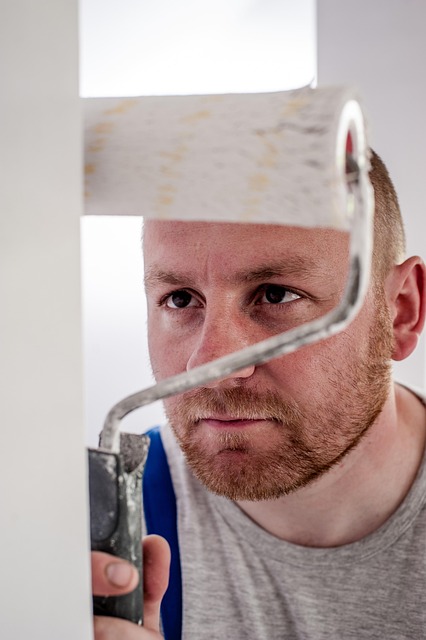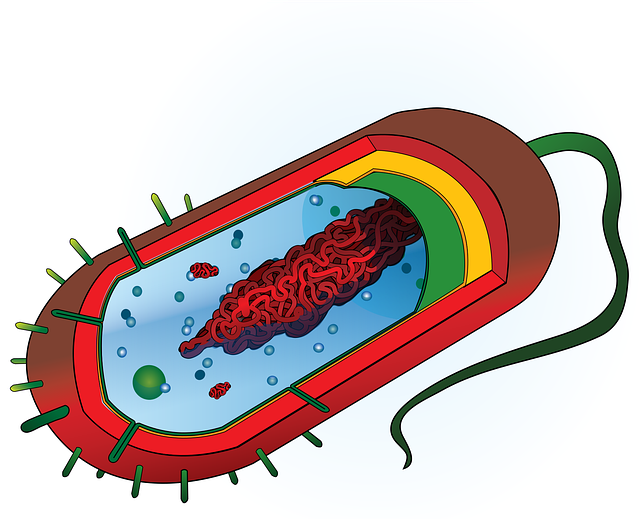Stem cell culture media, crucial for cells' growth and maintenance, requires precise composition adjustments based on lineage, passage number, and application. Long-term stability, achieved through regular testing and optimisations, ensures consistent results in research and therapy. Xeno-free formulations prevent contamination risks and ethical concerns, while Quality Assurance (QA) and Validation processes ensure media purity, sterility, and absence of contaminants, facilitating reliable stem cell research and advancing clinical applications.
- Understanding Stem Cell Culture Media Requirements
- Key Components and Formulations for Research-Grade Media
- Quality Assurance and Validation in Stem Cell Culture Media Production
Understanding Stem Cell Culture Media Requirements

Stem cell culture media is a critical component in ensuring the successful growth and maintenance of these versatile cells. Understanding the specific requirements for stem cell culture media involves delving into the unique nutritional, physical, and chemical needs of different types of stem cells. Factors such as cell lineage, passage number, and intended application determine the optimal composition of the medium, including essential growth factors, cytokines, and supplements.
For long-term stem cell culture solutions, maintaining media stability is paramount. Regular stem cell media stability testing ensures that the medium remains within the acceptable range for cell proliferation and differentiation. Media optimization for clinical-grade stem cells involves precise adjustments to meet stringent quality control standards, ensuring consistent and reliable results in research and therapeutic applications.
Key Components and Formulations for Research-Grade Media

In the realm of stem cell culture, achieving research-grade standards necessitates a meticulous consideration of key components and formulations. The media used in xeno-free stem cell culture systems plays a pivotal role in maintaining cellular viability, proliferation, and differentiation. Optimizing these media involves a deep understanding of stem cell research ethical considerations in media selection, ensuring the removal of animal-derived components to mitigate potential contamination risks.
Media optimization for clinical-grade stem cells is not merely about formulating the perfect mixture; it’s about fostering a sustainable, controlled environment for cellular growth. This includes precise adjustments in nutrient composition, growth factors, and supplements to meet the specific needs of different stem cell types. By adhering to these stringent standards, researchers can ensure the consistency, quality, and safety of stem cell cultures, paving the way for groundbreaking discoveries and potential clinical applications.
Quality Assurance and Validation in Stem Cell Culture Media Production

Ensuring consistent quality in stem cell culture media production is paramount for reliable research outcomes. Quality Assurance (QA) and Validation processes are critical to guarantee that each batch of media meets stringent clinical-grade standards. This meticulous approach involves rigorous testing to verify purity, sterility, and absence of any contaminants. For instance, media formulations must be xeno-free and pyrogen-free to avoid unwanted immune responses in sensitive stem cell cultures.
QA teams employ sophisticated techniques like High-Performance Liquid Chromatography (HPLC) and Mass Spectrometry to analyze media components, confirming their identity and concentration accuracy. Additionally, physical tests ensure media stability and consistency over time. These validation steps are vital for maintaining the integrity of stem cell media formulations, fostering reliable research and ultimately contributing to the advancement of stem cell therapies in clinical applications.
Stem cell culture media is a critical component in advancing regenerative medicine and research. By understanding the specific requirements, carefully selecting key components, and implementing stringent quality assurance processes, researchers can ensure the production of high-quality, research-grade media. This, in turn, fosters reliable and reproducible results, pushing the boundaries of stem cell science and technology.














